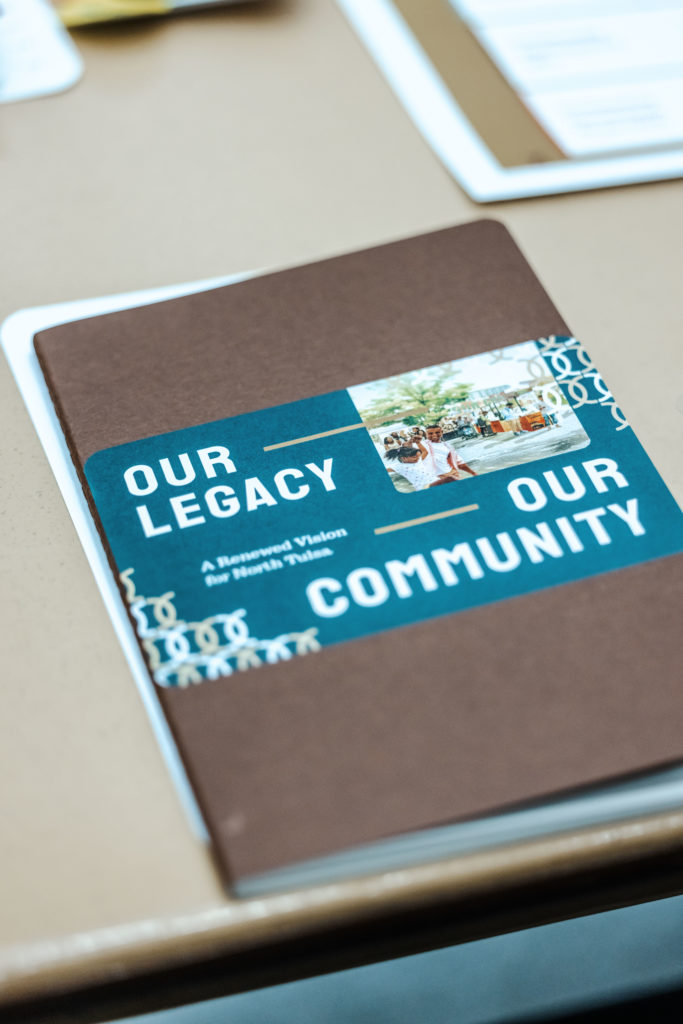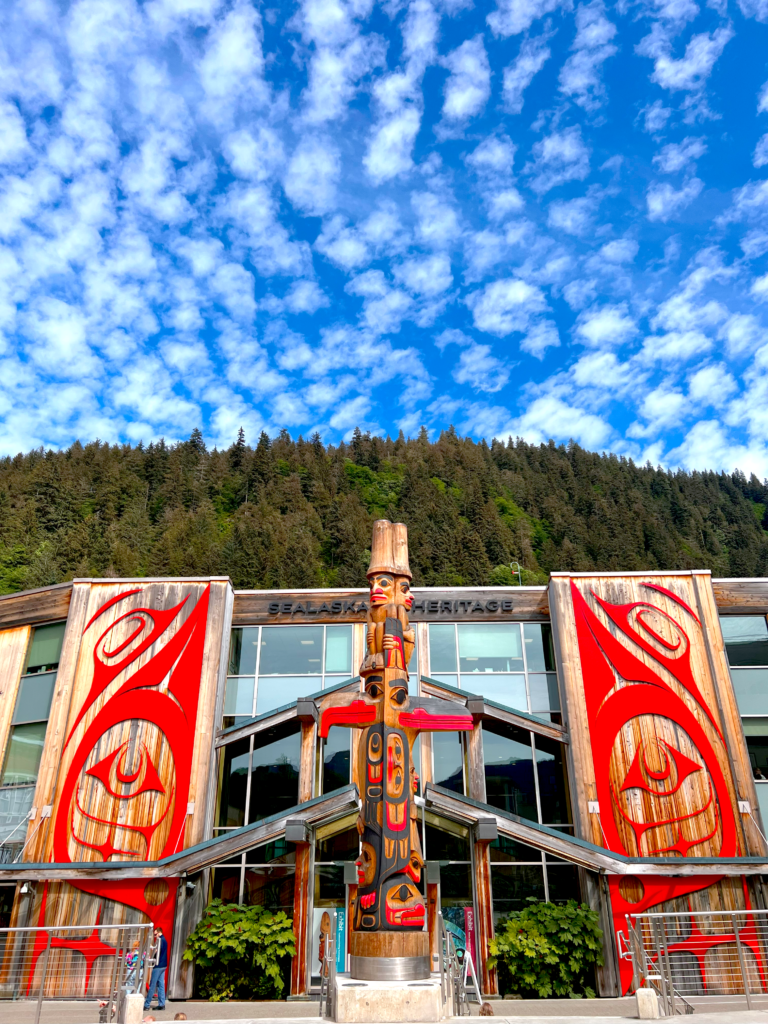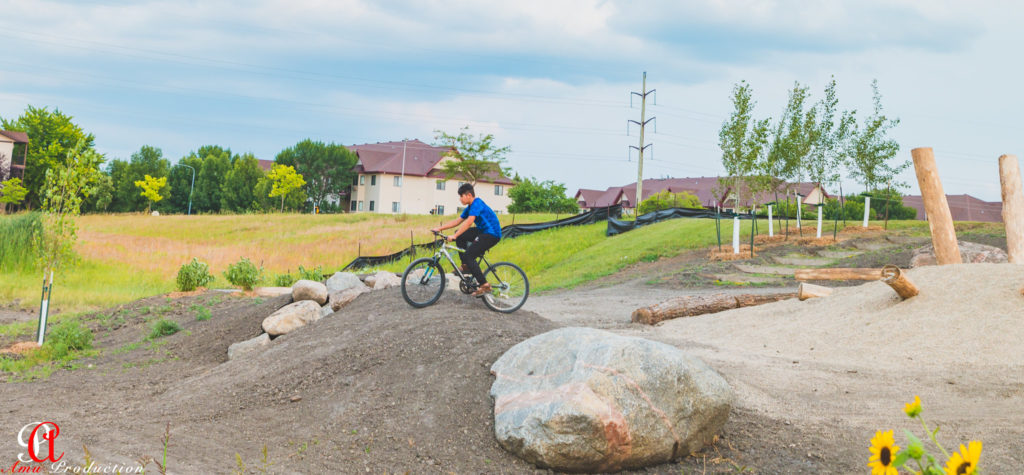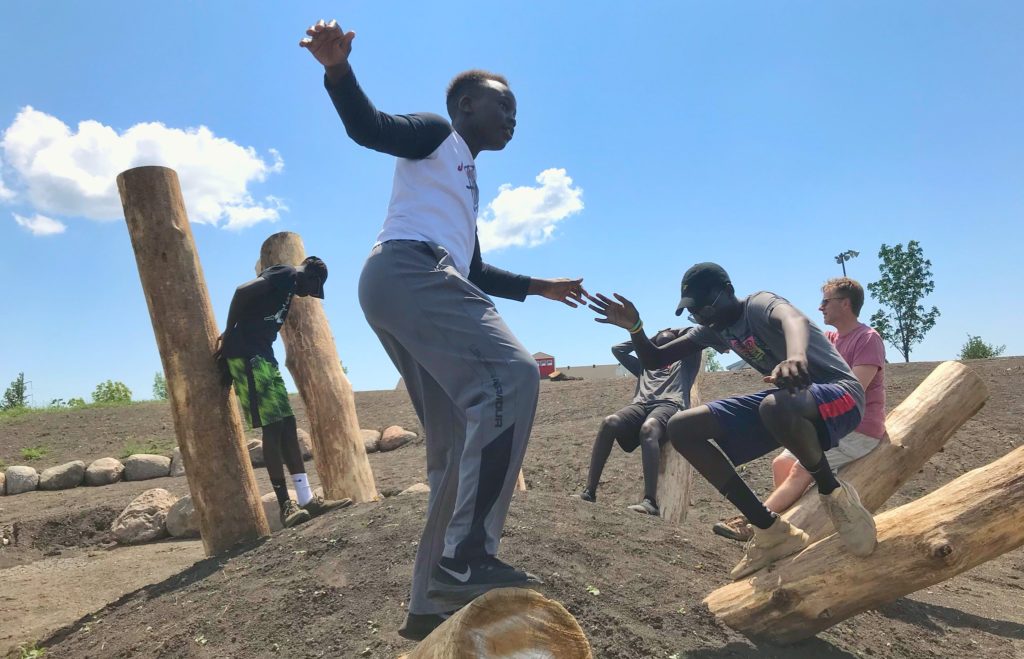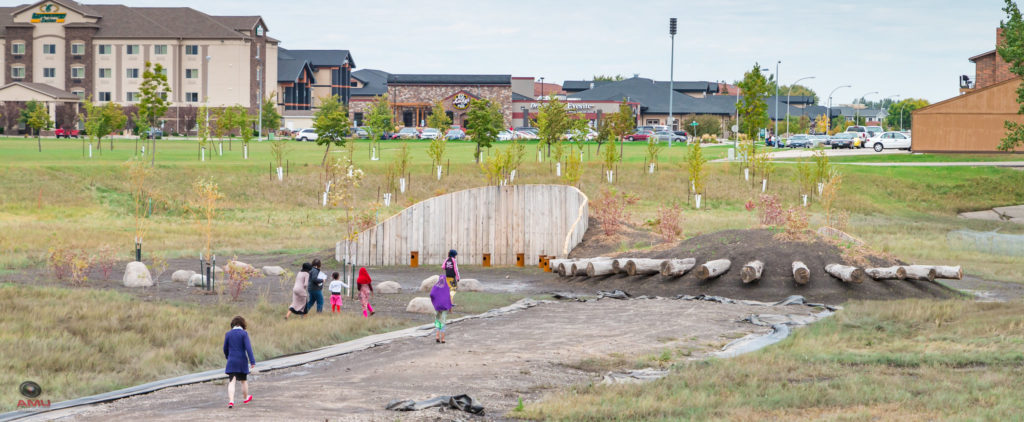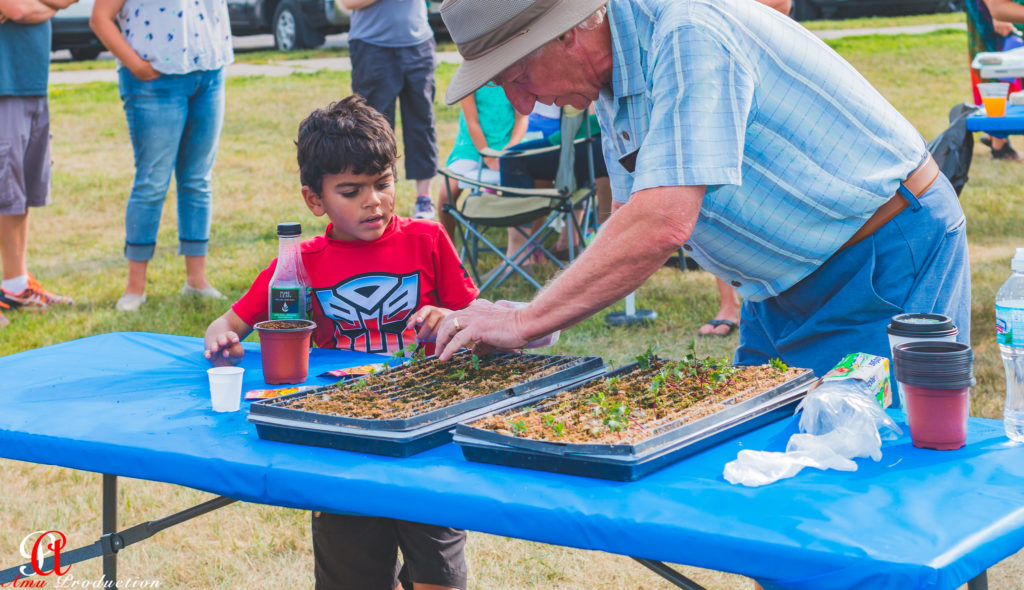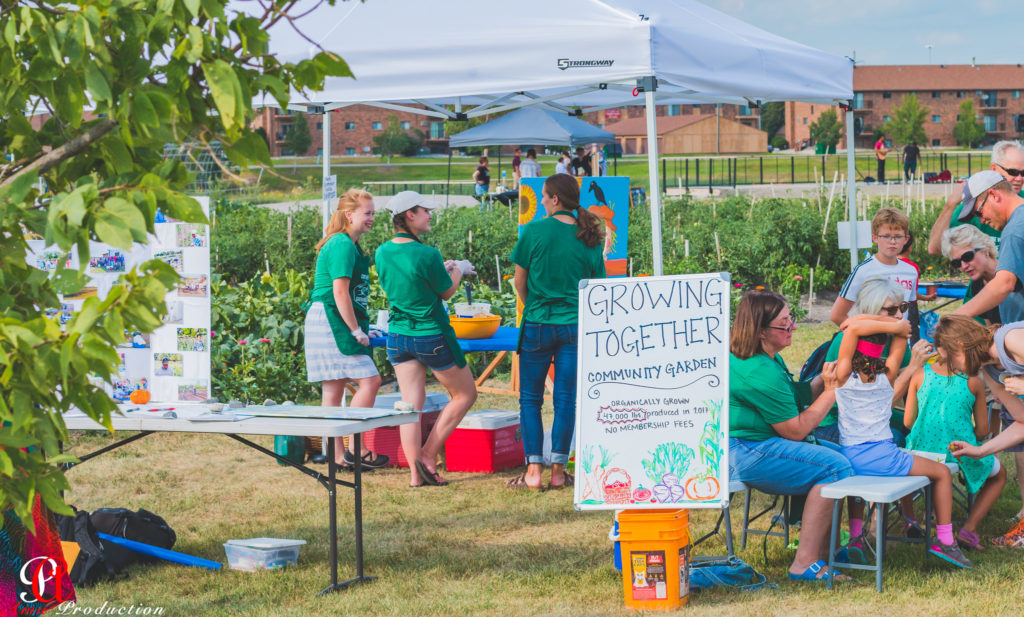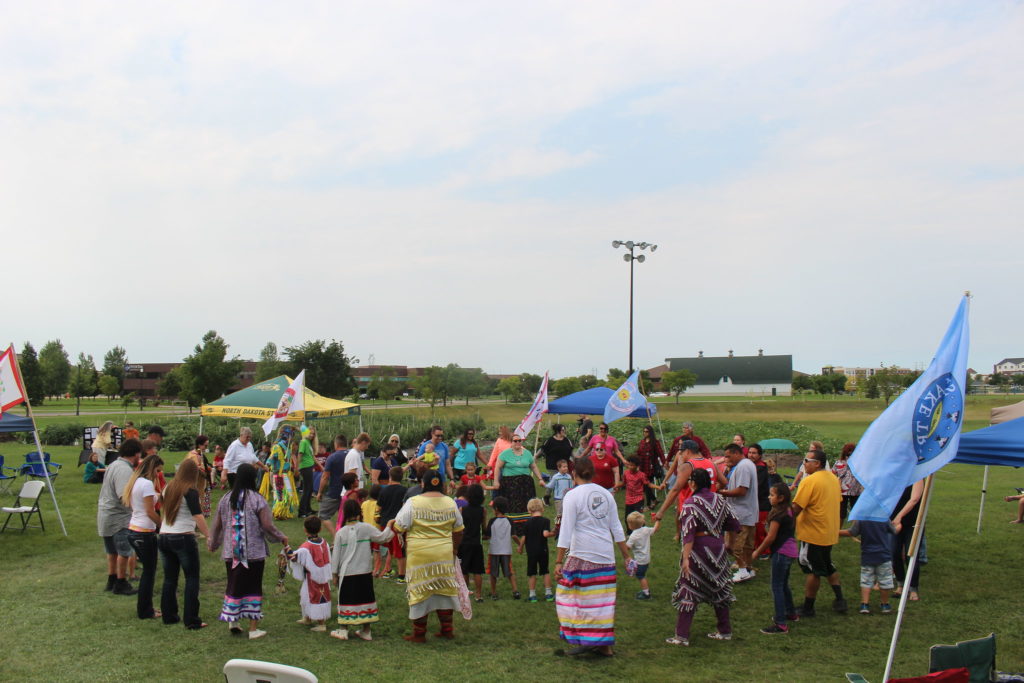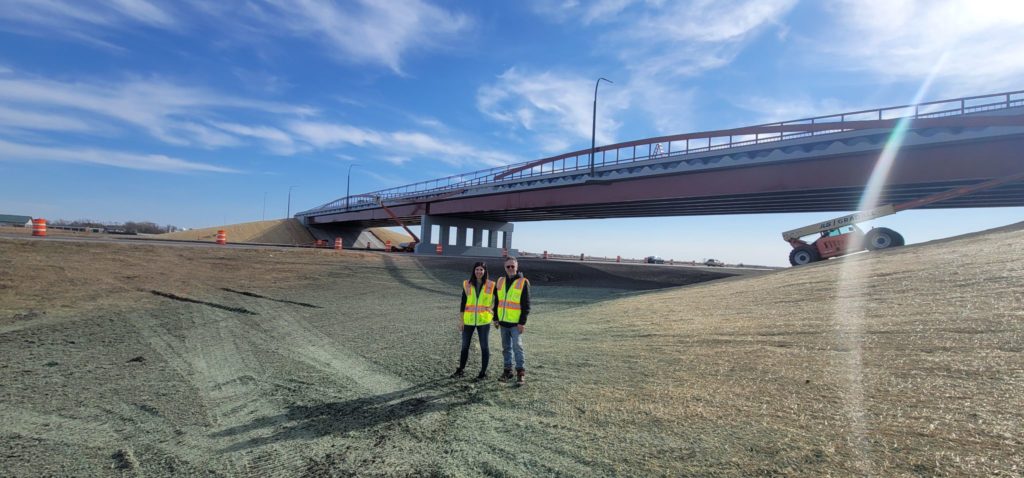Our mayoral and administrative leadership helped clear the decks and create space for staff to do something new. That kind of leadership is critical for this innovation.
Nicole Crutchfield | Director of City Planning & Development, City of Fargo
Introduction
Through a groundbreaking collaboration with an artist and a diverse set of communities, the City of Fargo, North Dakota designed and built its first ecologically self-sustaining public park that is also a stormwater basin. The process of planning collaboratively with artists, Native American communities, representatives of over 20 immigrant and refugee communities, and more changed city planners’ approach to development – inspiring them to institutionalize these collaborative ways of working.
Challenge
The Fargo Project (2010-2016) is a lauded creative placemaking project that brought together the renowned ecological artist Jackie Brookner with City of Fargo planners to create a collaboratively-designed public park that is ecologically sustainable and meaningfully reflective of a diverse set of communities.
Fargo is located at the bottom of a geologic basin and is entirely flat, which creates conditions where flooding is likely. The city is also located directly on the banks of the Red River, and after a particularly large flood of the river in 2000, city leaders decided to build 20 drainage basins throughout the city to manage future flooding.
The Fargo Project started as an exploration of how to transform the drainage basin in Southwest Fargo from a large, empty space that divided neighborhoods into a beloved and ecologically sustainable gathering place for the area’s diverse community. By working with an artist, the city hoped to spark residents’ imaginations about the what the future of the site could be, and create pathways for them to contribute to bringing that vision to fruition.
Impact
The 18-acre park – now called World Garden Commons at Rabanus Park – was designed thoughtfully through many months of community events for all ages around the following shared design principles: (1) let the water lead, (2) learn from the natural environment, (3) involve the community, and (4) experience nature and ecology. The resulting award-winning design includes an overlook and platform for community performances and gatherings, a natural play area, a set of meditative pathways and structures, native plants, and more – in addition to the necessary stormwater basin. Indigenous community members helped to identify culturally significant botanicals used in the planting design.
The construction sadly had to be finished without the original artist’s direct involvement, as Jackie Brookner passed away in 2015. But after seeing the benefits to having an artist’s vision at the helm to guide the deep relational work with community, city leaders and planners described their approach to planning as forever changed. City staff members and leaders learned how to work “with” the community through direct collaboration, as opposed to working “for” the community, in a traditional service mode. The project, the City, and Jackie garnered national attention, which Fargo parlayed into receiving several national grants, including an Our Town grant from the National Endowment for the Arts, as well as funding from the Kresge Foundation, ArtPlace America, and others. Since then, the project’s participants have been instilling this collaborative approach across multiple departments to adjust bureaucratic processes and integrate lessons learned.
Nicole Crutchfield, the City’s Planning Administrator at the time (now the Director of City Planning & Development), described the impact of the Fargo Project as forever changing her and her colleagues’ approach to project management. Rather than designing purely with a consulting firm and conducting a limited number of community engagement sessions, planners, engineers, artists, community leaders, and even the mayor worked alongside each other to conceptualize bigger-picture design principles based on the ecological and community needs of the site. The artists led city staff and community members through thoughtful relationship-building via outreach campaigns, community performances, and arts workshops with elementary students, all in an effort to gather a sense of what the community needed and wanted for the park. City staff experienced firsthand how utilizing a different approach – one that is more collaborative, creative, and risk-tolerant – created meaningful relationships, allowed residents to develop a stronger sense of belonging, and built a shared vision. Those involved in The Fargo Project now have a shared history and language to talk about the impact of collaborative work.
Beyond inspiring individuals and solidifying relationships, the project’s impacts have reverberated into the built environment throughout the city. Nicole’s colleagues in City Administration, Engineering, and Public Utilities have welcomed and encouraged the involvement of artists and more robust community engagement processes on three subsequent capital infrastructure projects: another park, a water tower, and an interstate bridge.
Nicole and her colleague Maegin Elshaug (Planning Coordinator) also saw the opportunity to work with the city’s Arts & Culture Commission to build local capacity while expanding the reach of municipal dollars to a wider set of artists. Together, Nicole and Maegin hired “application shepherds” to work directly with artists, aiming to demystify the city’s annual artist call application process. They also increased their outreach, which led to a greater number of applications. The resulting applicant pool was filled with local artists who were more representative of the city’s demographics, and who were then better equipped to apply for future funding.
Lessons for City Leaders
- Working collaboratively with artists and community leaders, beginning at the problem identification and concept design phase, can reveal different perspectives and support the development of a shared vision.
- Meaningful engagement can foster life-changing experiences for city leaders and planners, while creating trust, building a sense of belonging, and achieving other community goals such as ecological sustainability.
- Shared experiences like these can lead to transformative change in individuals, departments, and city services.


